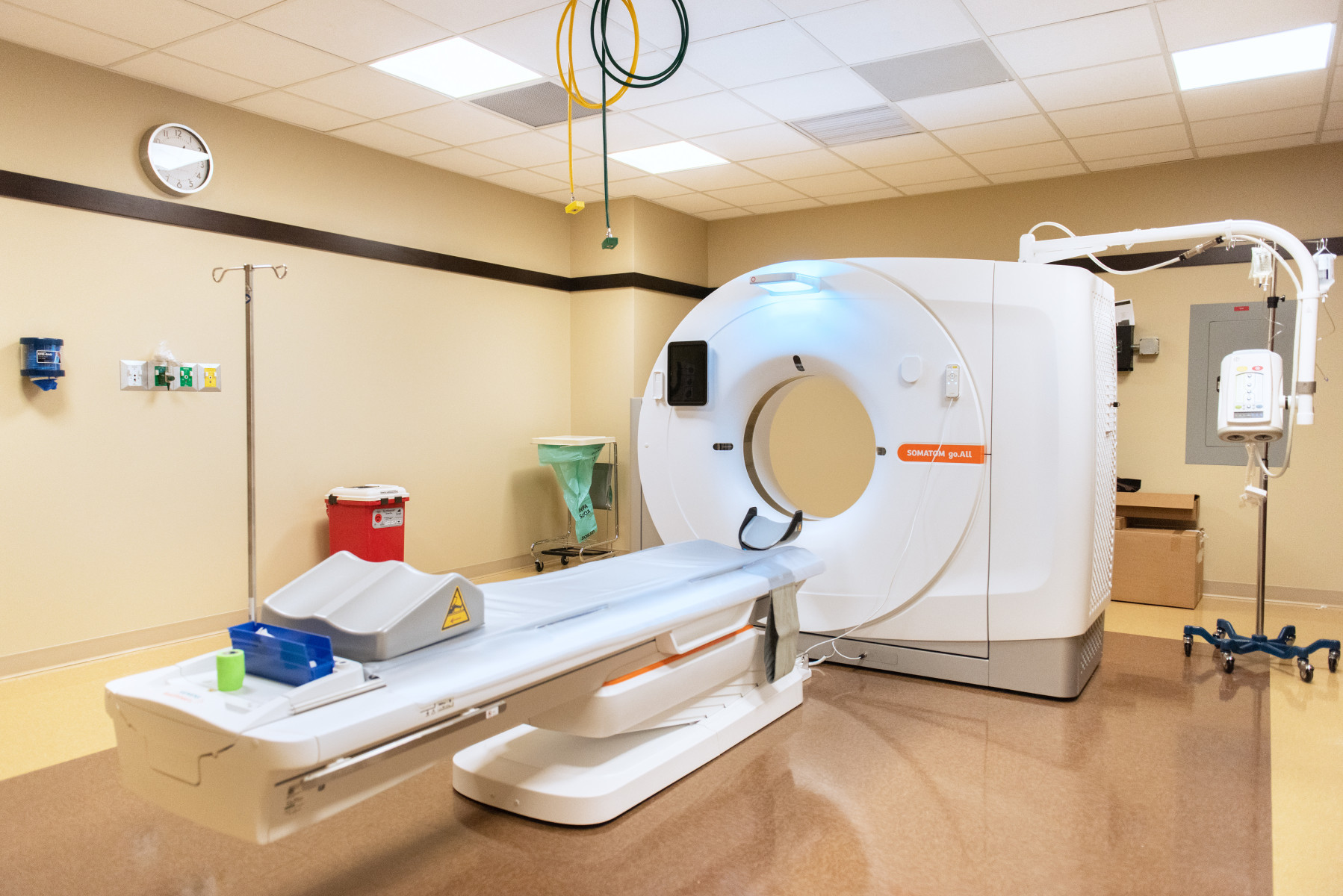
A new gene therapy could revolutionize treatment for two rare genetic blood disorders, according to a pair of trials published in the New England Journal of Medicine.
Beta thalassemia, an inherited blood disorder in which the body doesn’t make as much hemoglobin as it needs, affects approximately 1 in 100,000 people, according to the National Organization for Rare Disorders.
By contrast, in sickle cell disease, red blood cells become rigid and sticky, taking on the shape of a “sickle.” Sickle cells die early, leaving a shortage of healthy red blood cells. The condition affects more than 100,000 people in the U.S. and 20 million people worldwide, according to the National Institutes of Health.
In two studies, investigators sought to test the effects of exagamglogene autotemcel (exa-cel), a gene therapy that works by re-engineering stem cells to reactivate fetal hemoglobin production in a patient’s blood, thereby producing healthier blood cells.
“With these therapies, the stem cells are taken from the patients themselves, and then the stem cells are edited or modified in a way that offers clinical benefit for the patient,” said Robert Liem, MD, division head of Hematology, Oncology, Neuro-Oncology, and Stem Cell Transplantation the Department of Pediatrics, who was a co-author of both studies. “In both of these blood conditions, the gene modification process targets the gene BCL11A and it results in the production of higher levels of fetal hemoglobin, which we normally stop making after birth, but having more fetal hemoglobin reduces complications of thalassemia and sickle cell disease.”
In the studies, around 100 patients with either sickle cell disease or beta thalassemia received the therapy and were followed for one and a half years. More than 90 percent of patients with beta thalassemia treated with exa-cel were able to stop the blood transfusions they were dependent on before the treatment, according to the study.
In patients with sickle cell disease, 97 percent who received treatment were free from pain crises that result from “vaso-occlusion” or blocked blood vessels from sickle cells, according to the study.
The findings represent a turning point in the treatment of these rare blood disorders, Liem said.
“These were landmark studies for patients with sickle cell and beta thalassemia. It really offers a potential functional cure for both of those patient populations,” said Liem, a pediatric hematologist and Director of the Comprehensive Sickle Cell Program at Ann & Robert H. Lurie Children’s Hospital of Chicago. “Up until now, the only way we could potentially offer a cure for these patients was through traditional stem cell or bone marrow transplant.”
Most previously available bone marrow and stem cell transplants rely on having access to genetically matched donors that are often not easy to find, Liem said, making the new treatments promising alternatives for patients.
“These are genetic, lifelong conditions for affected patients, which are associated with a lot of complications that can reduce their lifespan and overall quality of life,” Liem, a member of Stanley Manne Children’s Research Institute, said. “They spend a lot of time in the hospital receiving treatment for their disease. Although longer follow-up is needed to understand long term benefits, this type of treatment could be transformative for both of these patient populations.”
While the treatment is now FDA-approved, the high cost of treatment is an issue, Liem said, and future work will need to address potential disparities in access.
“For these products that are now FDA approved, the question is how do we make sure that we get third party payers to recognize the importance of these therapies and find ways to be able to pay for them,” Liem said. “We need to work on ensuring equitable access to these lifesaving, potentially curative therapies for our patients.”
The studies were supported by Vertex Pharmaceuticals and CRISPR Therapeutics.






